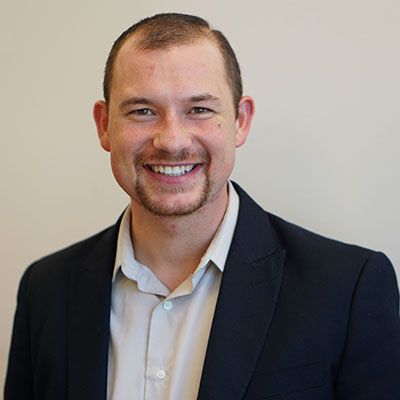At the Christensen Institute, we often receive requests from school districts to provide professional development for their teachers. Although our resources are fantastic for giving district and school leadership teams a set of theory-based frameworks for planning and implementing a blended-learning program, we don’t have much to offer individual teachers in terms of practical strategies to help them run a blended classroom on a daily basis. Fortunately, there is now a great new resource to which we can point educators that addresses the huge need for blended-learning professional development for teachers.
Three weeks ago, the Relay Graduate School of Education announced that it now offers three free online modules for teachers who are making the shift to blended learning. The first module, BL-101: Beginning to Blend, gives teachers an overview of what blended learning is and how it can help them better support their students’ learning. It also helps teachers recognize the ways in which their mindsets need to shift in order to be successful in a blended classroom and walks them through developing their first blended-learning lesson plan. The second module, BL-102: Rolling Out Blended, guides teachers through designing the routines, culture, and physical layout of their classroom to support blended learning. The third module, BL-103: Teaching Each Student, helps teachers interpret the plethora of data that comes from online teaching resources and then use that data to solve instructional challenges and better personalize their students’ learning.
As I browsed through the content for these modules, I was struck by how well they were designed to address blended learning from a teacher’s perspective. The modules focus on common challenges that teachers face in traditional classroom settings—such as how to better differentiate instruction and how to create more time for conferencing with students or working with small groups—and then walk through how blended learning can help address those challenges. They are also loaded with practical resources such as sample lesson plans, ideas for classroom reward systems, procedures for distributing devices and rotating between stations, and tips for how to make students’ keyboards quieter so that face-to-face learning isn’t disturbed by the sounds of clicking keys. And videos throughout the modules show real teachers explaining and demonstrating the benefits of blended learning in their classrooms.
As school and district leadership teams consider using these modules for teacher professional development, they should know that the modules are designed primarily for teachers who are using blended learning to augment their practices within a traditional classroom setting. The modules focus mainly on strategies for Station Rotation, Lab Rotation, and Flipped Classroom models because these models can be feasibly implemented by individual teachers working in traditional classrooms. The modules do not, however, cover other blended-learning models such as Individual Rotation, Flex, A La Carte, and Enriched Virtual. These other blended-learning models diverge more radically from traditional classroom instruction and as such are typically not practical for teachers unless those teachers are part of a heavyweight team undertaking a larger school redesign plan.
Nonetheless, these modules are an exciting and welcome addition to the field of blended learning. They fill a huge professional development need for traditional schools and teachers that want to use blended learning to serve their students better.

